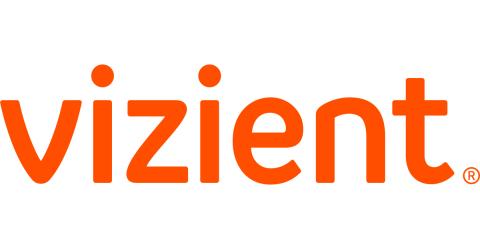IRVING, Texas– In its latest Medical Device Tech Watch, Vizient, Inc. provides updated trends in patient quality outcomes for transcatheter valve replacement, including insights for complications and physician expertise. In addition, this issue presents a technology adoption model for assessing the clinical and financial impact of various technologies in musculoskeletal care.
“While data and automation play a pivotal role in how we as an industry can advance health care, our goal is to take it further,” said Erik Axter, Vizient managing principal, physician & clinical performance. “We strive to connect those data points, leading to informed decision-making and sustainable performance improvements in critical service lines such as cardiology, orthopedics and neuroscience. Tech Watch continues to be a valuable channel for sharing these insights with our members.”
Featured articles include:
Updated trend data shows quality impact on transcatheter aortic valve implantation—Transcatheter aortic valve replacement (TAVR) has been rapidly expanding, benefiting patients who are not eligible or willing to undergo surgical valve replacement. Vizient compared industry findings that examine case volume and mortality prior to 2018 to recent outcomes from the Vizient Clinical Data Base and found while expected length of stay has increased, mortality rates have declined. The report also tracks complication and mortality rate by region as well as the relationship between clinician expertise in TAVR and better outcomes.
Model for assessing new technology in musculoskeletal care—With new devices and products entering the market, Vizient has developed an adoption model for assessing the clinical benefits and financial impact of musculoskeletal technologies. In a review that included Vizient Procedural Analytics data from 79 facilities over a six-month period, researchers applied the model to 3D printed interbody spacers showing cost considerations for basic, advanced and 3D printed spacers. The report offers comprehensive guidelines for individual provider evaluations.
Increasing growth forecasted for intravascular ultrasound market—Coronary artery disease (CAD) is the most common type of heart disease in the U.S., affecting an estimated 18.2 million adults. Early detection and intervention remain critical goals for health care providers. With new and evolving diagnostic tools and medical imaging techniques improving outcomes and patient care, this article provides an overview of intravascular ultrasound technology and other modalities, as a diagnostic tool and a complement to angiography.


